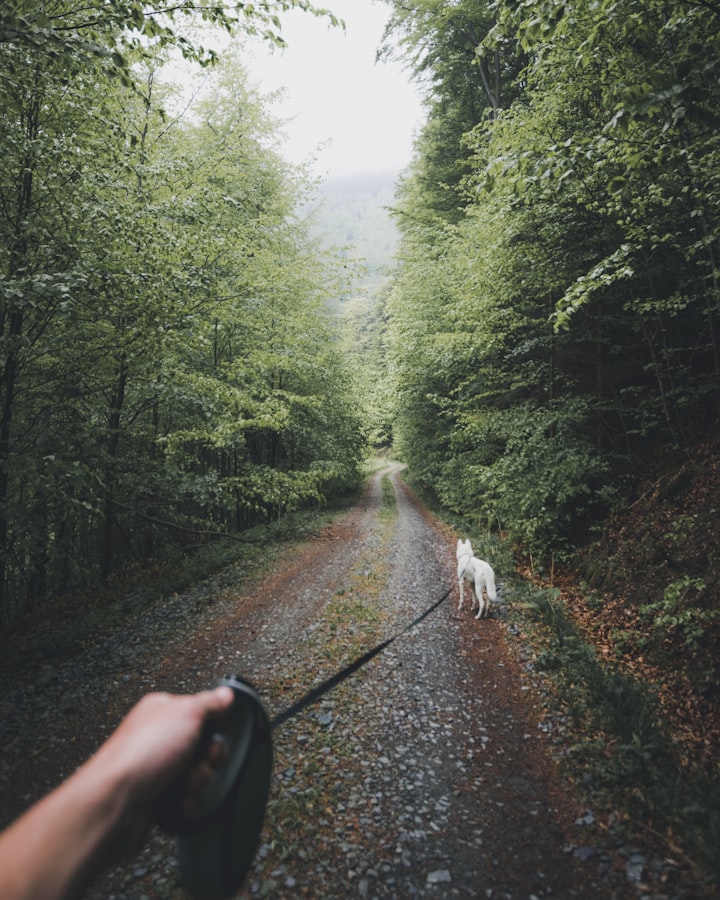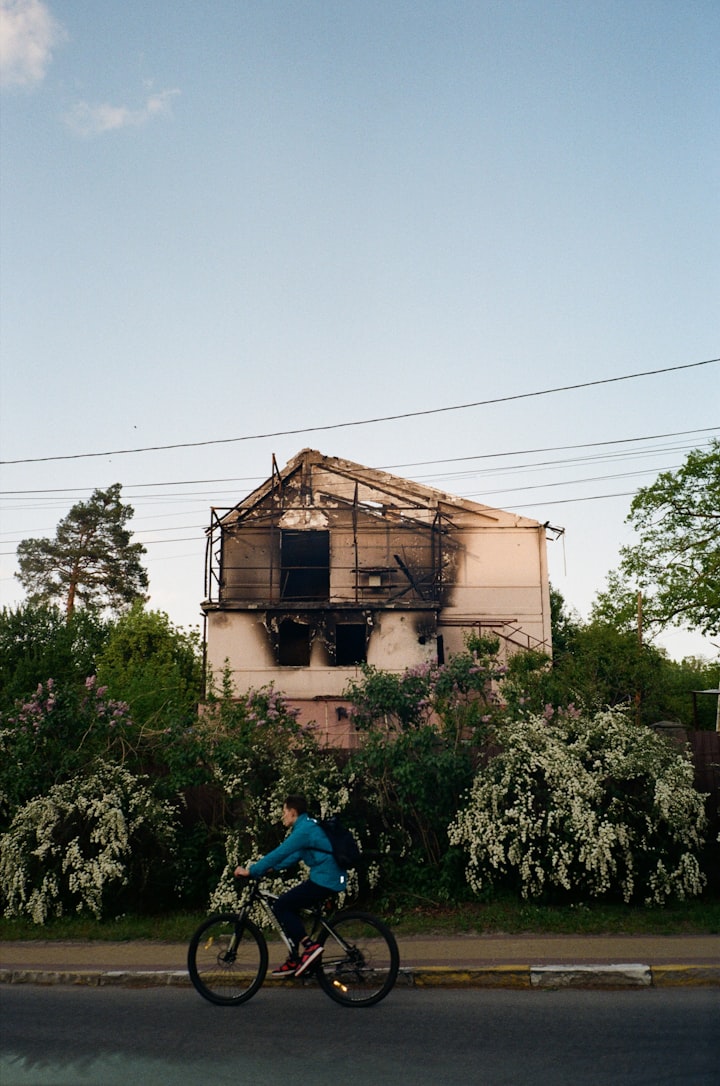
I really like the writings of Bill Bryson in general. He’s very funny, and I’ve read many of his books, including his childhood memoir—but it is in his travel memories that he really seems to be in his element. A Walk in the Woods is his story about attempting to hike the Appalachian Trail. What’s endearing about this book is the idea of two overweight, middle-aged men trying to brave the wilderness and finding that they are, quite naturally, way out of their depth. Bryson’s writing is genial, and that’s what makes them good reads, eliciting a chuckle as he describes his observations and thoughts—he has the ability to pick up the most mundane things and describe them in a manner that you can relate to as well as laugh at. The best part is that he has no qualms about laughing at himself—by the time his book ends, you end up feeling almost as if you were there, a part of the journey. That’s a satisfying feeling, and the hallmark of a good travel memoir.
Yashodhara Lal is the author of bestselling books like There’s Something About You and Just Married, Please Excuse.Açaí bowls, healing crystals, Yanni's music: I file a wide breadth of things under the banner of ‘New Age' and exhibit a kind of aggressive, if perhaps undeserved, skepticism towards all of them. The last time I dipped into that category was almost 10 years ago, at a yoga studio in a hip Philadelphia neighbourhood. The only person of South Asian descent in the room, I looked on in dismay as the instructor led chants in Sanskrit, and a Ravi Shankar Pandora station played softly in a room decorated like an Epcot Center exhibit. I left limbered up, but feeling more than a little disconcerted. I'm also, raised as I was in sprawling hubs of humanity such as Delhi and Jakarta, decidedly a city boy: Drop me into the middle of a busy intersection in Bangkok and I'll sniff out a good meal, but give me a four-person tent to set up on my own and I won't know which direction is up.A few weeks ago, I was understandably surprised, then, to find myself kneeling in dirt, transfixed by the sight and sound of a red-and-black striped centipede making its way through an obstacle course of dried-out leaves and twigs. No, I wasn't mid-way through a hallucinogenic trip—I was forest bathing.
Forest bathing became popular seemingly overnight. In a single afternoon, I saw it popping up on a multitude of spa menus around the country, viral videos on my Facebook feed, and wellness articles. The Washington Post called it the US's "latest fitness trend," comparing it with the way yoga swept east across the country after making landfall in California 30 years ago; the Huffington Post identified it as "a true antidote to stresses that ail us". I had questions: Did it entail finding a creek, a lake, and literally bathing in a forest? (No.) If it really just involves walking through the woods, is it any different from, well, a walk in the woods? (It is.)Forest bathing, as a term, dates back to 1982, when Japan's Ministry of Agriculture, Forestry and Fisheries began promoting what they thought were physiological and psychological benefits of shinrin-yoku, or "taking in the forest atmosphere," basically being present in the forest through slow movements and focus on the senses. Since then, it's become common practice at spas and treatment centres—as well as in the daily routine of many—in Japan and, increasingly, around the world.My forest bathing guide for the day is Nina Smiley, PhD, director of mindfulness programming at Mohonk Mountain House, a Victorian castle resort surrounded by 40,000 acres of woodlands, two hours north of New York City. She speaks in the soothing just-above-a-whisper voice you might expect from someone with that title. In describing what she teaches, she uses "forest bathing" and "mindfulness in nature" interchangeably, emphasising the need to be in the moment and detached from the worries of your everyday or the notifications waiting on your cell phone. (She asked me to put away any recorders or cell phones during the experience for that very reason.)
For Smiley, forest bathing is all about "taking the time to call out the sensory experiences that are with you in nature and to feel nurtured and supported by the woods, by the trees, by the experience." The end result, she says, is good for the mind and body. And while mindfulness is a meditation practice millennia-old, doing it surrounded by greenery takes it to another level. "Being mindful in the moment anywhere brings you to your centre, to your core," Smiley says. "And being mindful in nature has all the added benefits of being surrounded by trees, and plants."Here's how forest bathing works: With a guide, or on your own, you walk slowly—very slowly—through the woods, tuning into multiple senses, feeling the shifting terrain under your feet, noticing the smell of your environment or of a single leaf that catches the eye. You are encouraged to gently touch newly sprouted buds that feel like they're coated in glue, and paper-like leaves that are on the verge of death—squeeze too hard, and they crumble into dust—to zero in on that difference, taking the time to see the details of a forest from multiple angles. It is, in a way, mobile meditation: It's not strenuous like a hike or casual like a nature walk. It's exercise for the mind, versus the limbs, and the end-result should be a lower heart rate, a lingering sense of awe at the natural world, and a general feeling of tranquility—all things I felt after two hours walking the trails with Smiley.CRESTLINE, Calif. — They appear at random, cinnamon-and-silver-colored pines and firs, the standing dead amid otherwise healthy groves of cloud-snagging trees in the mountains of Southern California. Last week, the Forest Service said there were 40 million of them — that is, 40 million dead trees in this state, almost one for every resident.
Soon, they will be fuel, for what rangers fear will be a catastrophic wildfire season — “40 million opportunities for fire,” as Agriculture Secretary Tom Vilsack put it. Or they will be ghosts, gone in that sweep when the earth broke all records for overheating.
The collapse of the conifers is blamed in large part on a beetle the size of a grain of rice that has metastasized with climate change. In record warm years — which is to say, nearly every year of the last decade — the trees’ natural defense systems weaken and beetles reproduce in large numbers. The infestation killing forests all over the Western Hemisphere has been called the largest insect outbreak in global history.Depression is unfortunately a common phenomenon. So is anxiety. In Norway, approximately one in ten people will experience anxiety or depression in the course of a year. Often these two disorders occur together. Worldwide, 264 million people suffered from depression in 2020.
New research from the Norwegian University of Science and Technology (NTNU) shows that in the era of smartphones and social media, the number of adolescents and young adults in Norway with depression and anxiety has doubled. Forty-four per cent of teenage girls in Norway now struggle with stress and heavy thoughts.
It's all painful and difficult. What can help?
Associate professor Simone Grassini wanted to check out how something as simple as a walk in the woods could help with anxiety and depression. He collected all the studies that researchers around the world have carried out on this very topic in the last ten years.
Then he started sorting.Grassini selected all the studies where the researchers included a group that took walks in the woods, and a control group that did not take walks in the woods. Everyone in both groups struggled with anxiety and depression.
Six studies made it through the eye of the needle.
Using diagrams, numbers and columns, the studies all tell us the same thing.
A walk in the woods actually helps with anxiety and depression.
“These walks are an effective and simple method for something that a lot of people struggle with,” says Grassini. He is a neuroscientist and associate professor in psychology at the University of Stavanger. When the study was carried out, he was a researcher at NTNU.
Then you might wonder…





Comments (1)
I look forward to reading more articles from this talented writer.